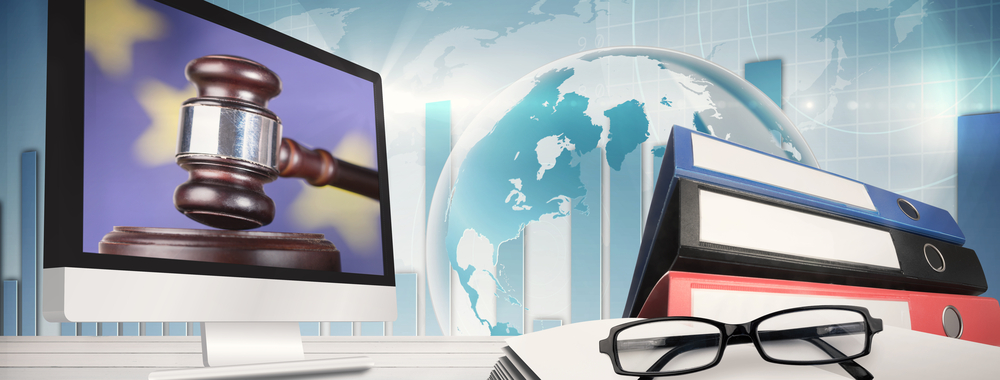As technology continues to transform practices and processes across industries, courts are beginning to see new streams of data working their way into litigation. Gary Marchant, professor of law at Arizona State University’s Sandra Day O’Connor College of Law and faculty director of the school’s Center for Law, Science & Innovation, spoke to the crowd at Wolters Kluwer’s ELM User Conference in Orlando about this wave of new data streams.
By in large, Marchant said, those in courtrooms are handling this data with inconsistency and uncertainty. “We have no rules for how all this data is being handled. What is happening now is that courts have to decide,” Marchant said.
And while courts are starting to acclimate to some of these new developments in technology as they surface, arising in tandem are questions of admissibility, relevance and privacy, and other constitutional concerns.
“It’s a system problem of being more adaptive to all these new changes coming in,” Marchant added.
Below are six new areas of technology that have begun working their way into court evidence, providing new questions and considerations for courts across the country.
- GPS
- Internet of Things (IoT)
- Brain Scans
- Genomics
- Algorithms
- Virtual Reality
Read the full details of each new technology at LegalTech News.

